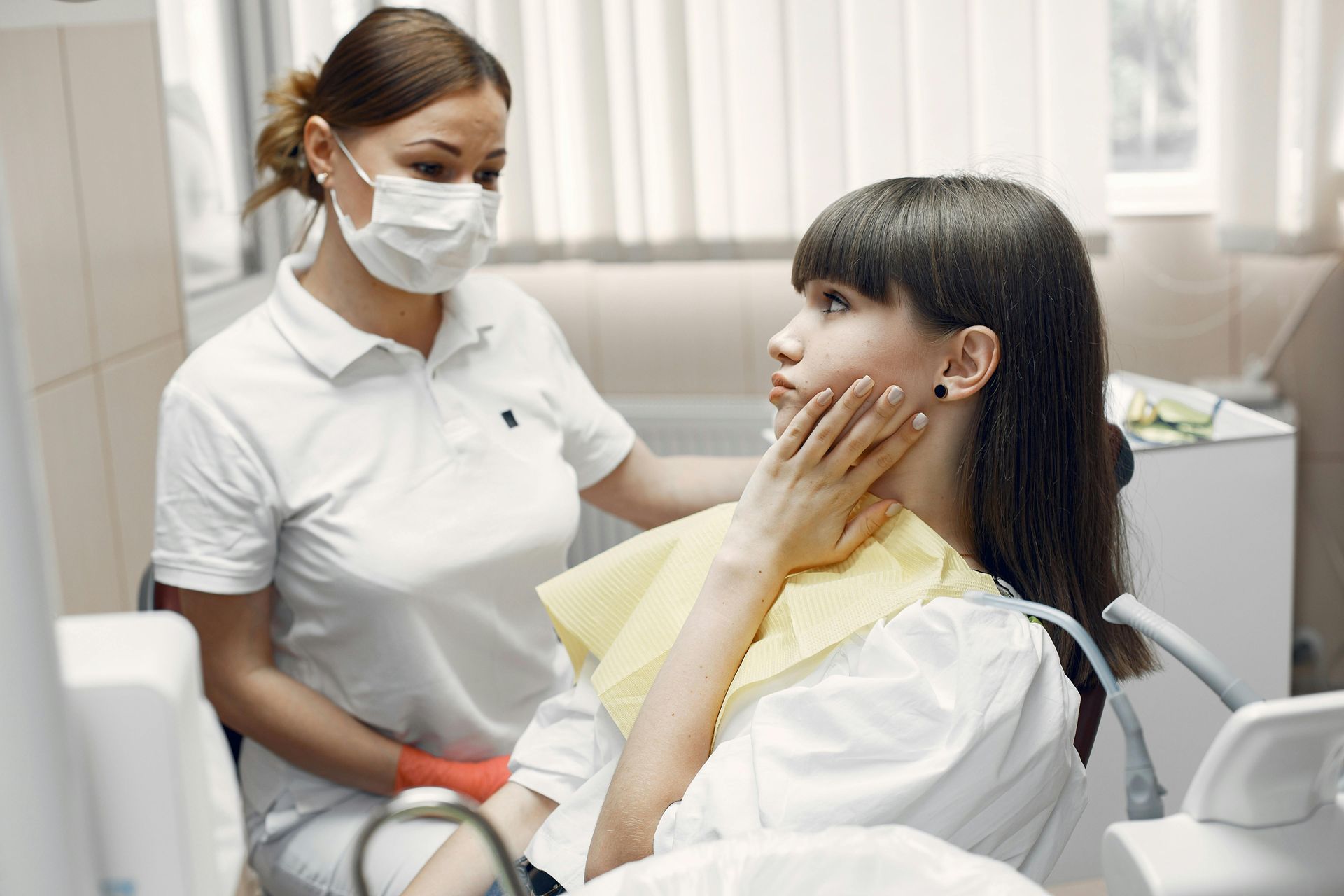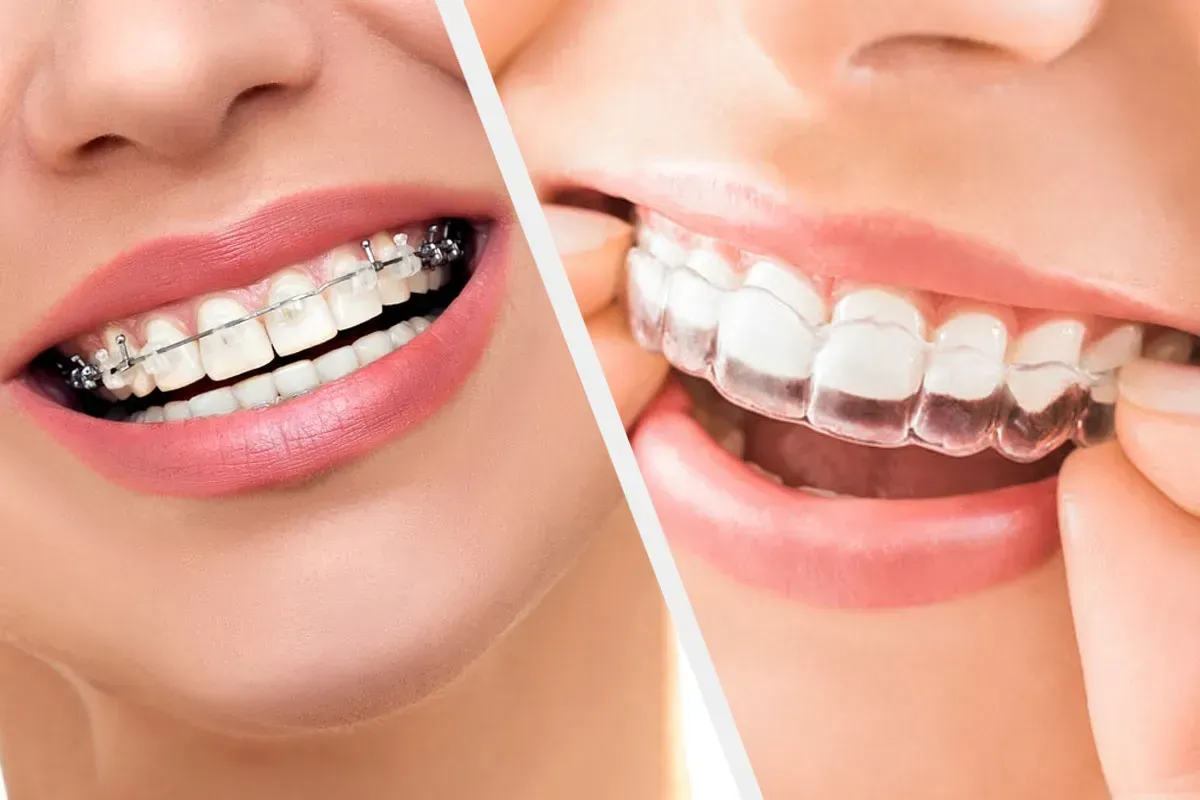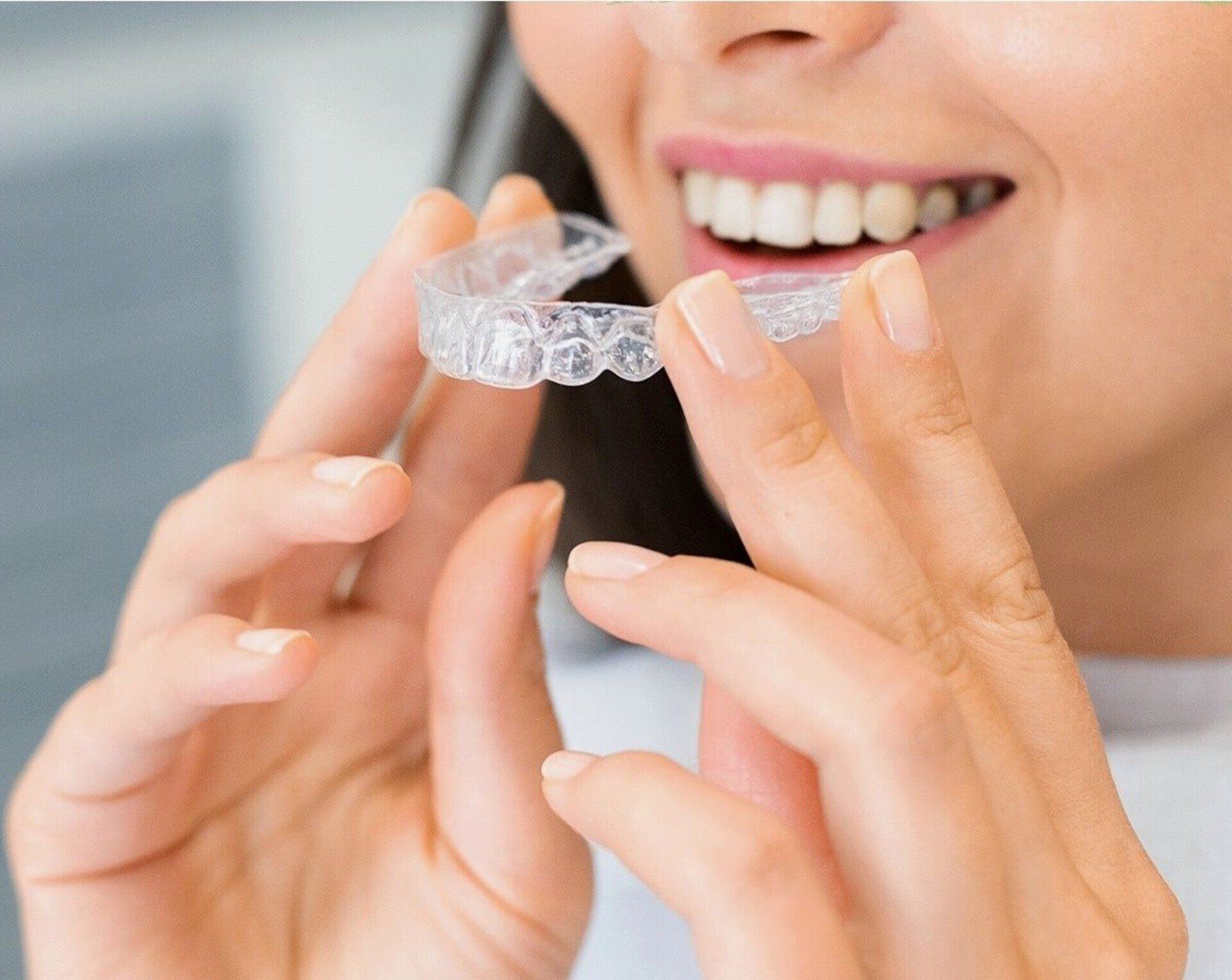10 Essential Tips for Maintaining a Clean Toothbrush
Washing Hands: The First Step to Cleanliness
Washing hands is a fundamental hygiene practice, pivotal for maintaining good health and preventing the spread of illnesses. The process is simple yet effective, involving several key steps.
Steps for Proper Handwashing
- Wet hands with warm water to soften skin and loosen dirt.
- Apply soap generously to cover all hand surfaces.
- Scrub hands together for at least 20 seconds. Ensure to clean:
- Back of hands
- Between fingers
- Under nails
- Rinse thoroughly under running water.
- Dry hands with a clean towel or air dry.
Key Points
- Use warm water to initiate the handwashing process.
- Cleansing time is critical, with a minimum of 20 seconds recommended.
- Hand drying is an essential step to prevent a moist environment which can promote bacterial growth.
Rinse Your Toothbrush: Hot Water is Key
Maintaining oral health includes keeping your toothbrush clean. Rinsing your toothbrush is a crucial step to eliminate food particles and potentially harmful bacteria that can cling to toothbrush bristles after use.
Hot Water: The Ideal Rinse
Using hot water is pivotal for a clean toothbrush. Hot water can help kill germs and remove debris more effectively than cold water. Each time after brushing, hold your toothbrush under hot running water, and give the bristles a thorough rinse. Aim the water on all the parts of toothbrush head, ensuring any residual toothpaste and food particles are washed away.
Procedure:
- After brushing: Immediately rinse toothbrush under hot water.
- Angle the bristles: Ensure water flows through them, reaching the base.
- Shake off excess water: This helps to prevent a moist environment that encourages bacterial growth.
Remember, while hot water assists in keeping your toothbrush clean, it’s advisable to replace your toothbrush every three to four months to maintain optimal oral health.
Proper Storage: Keeping Contamination at Bay
Proper Storage: Keeping Contamination at Bay
Ensuring your toothbrush is stored correctly is crucial for maintaining oral health and preventing the growth of harmful bacteria. Toothbrushes should be kept upright in toothbrush holders to allow them to air-dry. A moist environment, such as a closed container, can foster bacterial growth. It's advisable to avoid toothbrush covers, as they can create a similar humid setting.
Storing your toothbrush in an upright position also helps prevent contact with other toothbrushes, which can lead to cross-contamination. For those using an electric toothbrush, it's important to detach the toothbrush head and allow it to dry separately. Always place your toothbrush at a safe distance from the toilet to avoid airborne particles from contaminating it. The medicine cabinet is a common storage spot, but make sure it’s dry and not overcrowded. If you share a bathroom, ensure that everyone’s brush is stored separately.
Disinfect Regularly: Options for Effective Cleaning
Maintaining a clean toothbrush is critical for optimal oral health as it helps to prevent the proliferation of harmful bacteria. A key step in this routine is to disinfect your toothbrush regularly. Here are some effective options for cleaning your toothbrush:
- Hot Water Rinse: After each use, rinse your toothbrush with hot water for at least 30 seconds to remove food particles and lessen the presence of bacteria.
- Soaking Solutions:
- Antibacterial Mouthwash: Soak your toothbrush in antibacterial mouthwash for a few minutes to reduce microbial load.
- White Vinegar: Mix equal parts white vinegar and warm water in a cup and soak your toothbrush for 30 minutes, as it's a natural disinfectant.
- Baking Soda: A mixture of 1 teaspoon of baking soda in a cup of water provides an eco-friendly disinfection option.
Utilizing UV Sanitizers: A High-Tech Approach
Maintaining oral health is vital, and keeping your toothbrush clean is a crucial part of that process. With advancements in technology, utilizing UV sanitizers has become a high-tech approach to ensure a clean toothbrush, free from harmful bacteria. UV sanitizers utilize ultraviolet light to kill microorganisms and are particularly effective in eliminating bacteria and viruses that may be present on a toothbrush head.
How UV Sanitizers Work:
- Place the toothbrush in the sanitizer: The toothbrush head is placed in the UV sanitizer unit.
- Start the sanitization process: Once the unit is closed, the sanitization process begins, typically taking a few minutes.
- Automated cleaning: The UV light activates, and the rays penetrate the toothbrush bristles, disrupting the DNA of bacteria, effectively killing them and preventing their reproduction.
Cleaning Toothbrush Holders: Don’t Neglect This Area
Maintaining oral health extends beyond keeping your toothbrush clean; the holder where it resides also plays a crucial role in safeguarding against harmful bacteria. Toothbrush holders can become a breeding ground for germs, including those from food particles and oral bacteria that may be transferred from the toothbrush itself.
Steps to Clean Toothbrush Holders:
- Empty and Rinse: Remove all toothbrushes and rinse the holder with hot water to dislodge any loose debris.
- Disinfect: Soak the holder in a mixture of antibacterial mouthwash and warm water, or use a solution of one part bleach to ten parts water for deep cleaning. For a more natural approach, white vinegar can substitute for chemical disinfectants.
- Scrub: For accumulated grime, a small brush or baking soda can be effective in scrubbing the holder. Pay extra attention to crevices where bacteria are likely to hide.
- Dry Thoroughly: After cleaning, ensure the toothbrush holder is completely dry before use to avoid creating a moist environment conducive to germ growth.
- Regular Schedule: Repeat this process weekly to ensure that the toothbrush remains a clean implement for oral health.
Toothbrush Holder Care Tips:
- Store holders away from the toilet area to avoid airborne contaminants.
- Keep the holder out of closed containers which can encourage mold.
- Consider holders that are dishwasher safe for easy sanitization.
Frequency of Replacement: When to Swap Out Your Toothbrush
Maintaining optimal oral health includes knowing when to replace your toothbrush. Dental professionals suggest swapping out your toothbrush every three to four months. The bristles can become frayed and worn, which compromises their cleaning effectiveness. Pay attention to the bristles—if they are bent or discolored, it's time for a new toothbrush.
For electric toothbrushes, the replacement heads may need to be changed just as frequently. Check with the manufacturer's guidelines to ensure you're keeping your electric toothbrush in top shape. Moreover, if you've been sick, it's crucial to replace your toothbrush immediately to prevent the risk of reinfection from lingering harmful bacteria.
Remember, a clean toothbrush means a healthier mouth. Keep track of your toothbrush age and condition to ensure your oral hygiene routine is as effective as possible.
If you would like to schedule your check-up, call us today at
416-222-82-96 to make an appointment for a general check-up and detect possible warning signs. At Wexford Dental, dentistry in Scarborough we offer only what you need.












